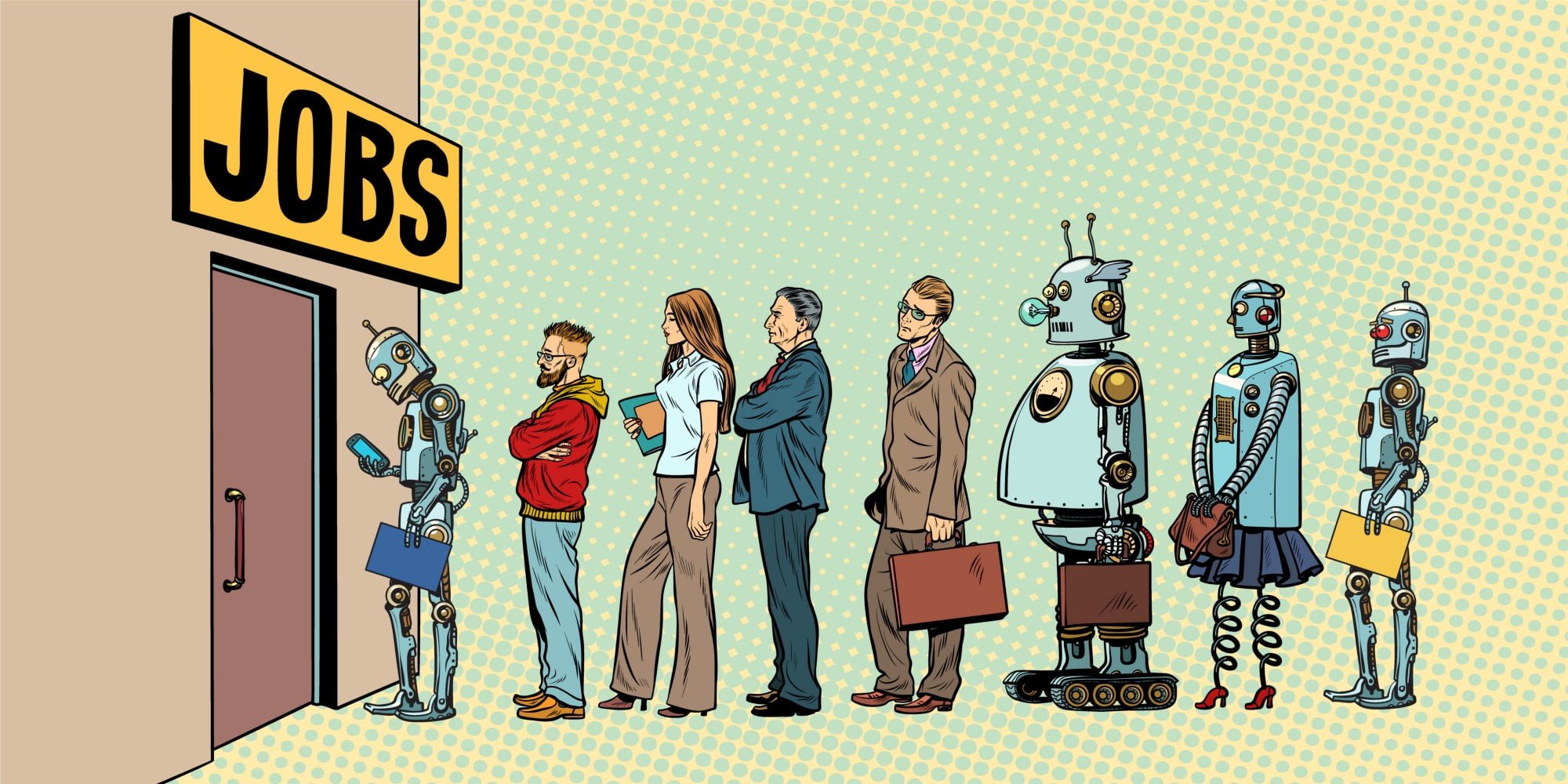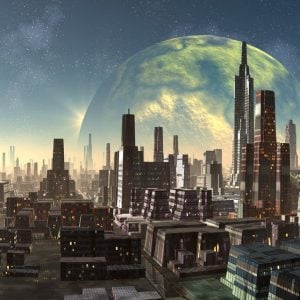It is not known exactly what percentage of jobs today existed 100 years ago, however, some have estimated that this figure to be less than 10%. This means that if history has anything to tell us, 90% of the jobs today will not exist in 100 years time. While that may sound terrifying to some, to others it simply an element of advancing the human race.
Whether you like it or not, technology will most probably either take or displace your job in the coming years. Whilst some industries will no debatably be sooner rather than later, the reality is, it’s more of a case of when rather than if.
In recent years debates on whether autonomous vehicles will be the future of transportation have caused many controversies around the potential job losses that may result in industries such as freight and transport. As this industry is one of the largest employes around the world, it is understandable that many would be concerned.
I occasionally meet people that have a very firm view that “their job could never be replaced by robots” and that “there are elements of their job that robots simply can not replicate”. While this may be true for the present time, as technology develops it will not only perform those elements but perform them with such precision and speed that it would be unprofitable, illogical and maybe even unethical to perform them using humans.
If we look back historically, we can see this was the case for both the industrial revolution and the digital revolution. I am sure that if you were around in the early 1900’s, many would have argued until they were blue in the face that a machine could not paint a car faster than a human, or a car will never be as dependable as a healthy horse.
The 7 stages robotics undergo to replace humans
Kevin Kelly put it brilliantly in identifying that there are in fact seven stages that a robot (or technology) undergoes before it replaces a human worker.
1: A robot/computer cannot possibly do the tasks I do
2: [Later] Ok, it can do a lot of those tasks, but it can’t do everything I do.
3: [Later] Ok, it can do everything I do, except it needs me when it breaks down, which is often.
4: [Later] Ok, it operates flawlessly on routine stuff, but I need to train it for new tasks.
5: [Later] Ok, Ok, it can have my old boring job, because it’s obvious that was not a job humans were meant to do.
6: [Later] Wow, now that robots are doing my old job, my new job is much more interesting and pays more!
7: [Later] I am so glad that a robot/computer cannot possibly do what I do now.
[Repeat]
As we can see with the cycle that Kevin Kelly identified, the process is somewhat linear. The speed at which each stage progresses, however, depends on the rate of technological advancement in that particular industry.
For example, if we look at a regular accounting job today, we could say that this particular profession sits on stage 2. Computers do most of the calculating, organising, processing and filtering, however, humans are still required to oversee the entire process, for example, interpreting and double checking the data before and after it is entered into the machine (software).
I would say that the accounting profession has remained in stage 2 for the past 20 or so years, mainly because to get to stage 3, there is a cognitive element required by the machine, one of which has not been developed yet. I would be as bold as to say there are many industries and jobs, sitting on stage 2 ready for a huge disruption as they move to stage 3 very soon.
The Stage 3 enabler: Ai
The next revolution, as I am sure many would agree, is going to be the Ai revolution. As Ai develops in the coming years, it will no doubtably move many occupations from stage 2 to 3. Once on stage 3, incremental improvements will eventually advance the occupation through to stage 7 in rapid succession.
What does this all mean?
Occupations that were traditionally seen as safe, will enter a world of new competition, powered by smart people making even smarter machines. As we approach this inflexion point and rewrite the history books, we must prepare our workforce and society for the new wave of change.
To put it simply, AI will be the biggest disrupt to the workforce since the industrial revolution (maybe bigger), except the world will have 4 times the population, that is a lot of disruption.
An example I like to use is the invention of the motor vehicle, yes it displaced around 700k jobs in the US, of which only 100k were directly created by the motor vehicle factories themselves. What it did do however is spawn brand new industries, think of service stations, car washes, mechanics, roadways, infrastructure etc. It is said that the flow on effect of the motor vehicle revolution created far more jobs than it displaced.
To prepare for this revolution we must find answers to some of the following questions;
What will the next wave of jobs be?
Where should universities and training institutions focus their resources?
What skills will be highly valued in the next 5-10 and 10-20 years, according to a study by Deloitte, the skills half-life is now at 5 years. What will the half-life be after a world of Ai?
Many would say that technology is moving much faster than our society can handle. Is technology outpacing our ability to adapt the education, legislation and socialisation elements of our society to work in harmony with it?
In a world of superfast technological adoption, the Ai revolution will arrive and could potentially change the world much faster than we think.

